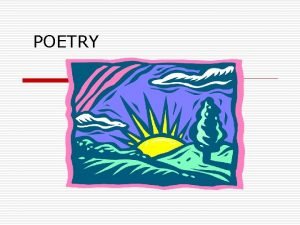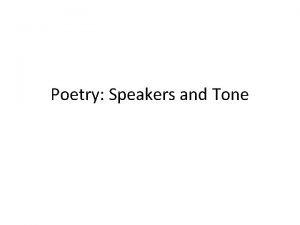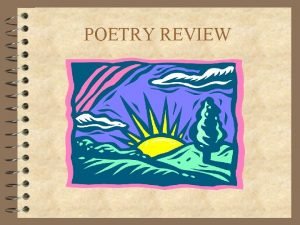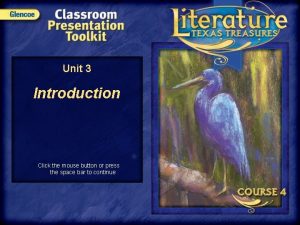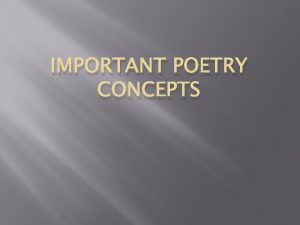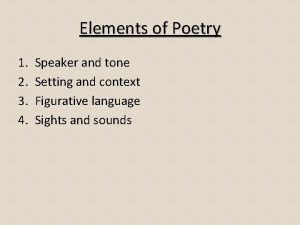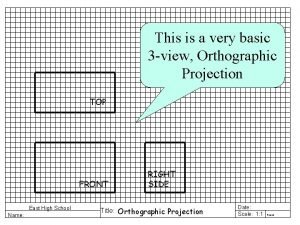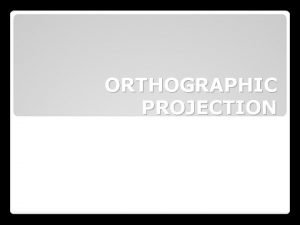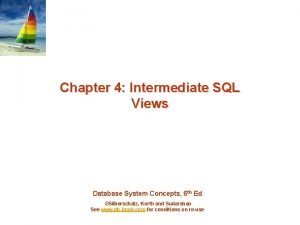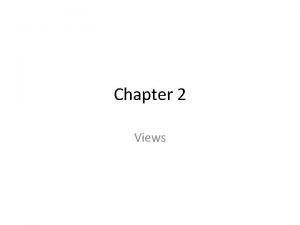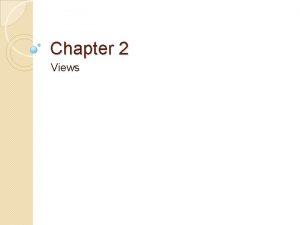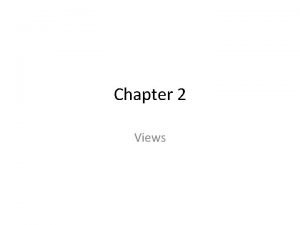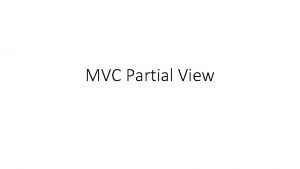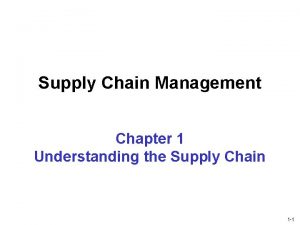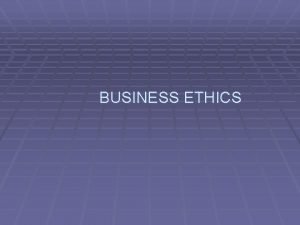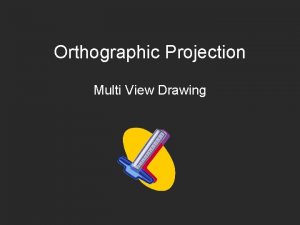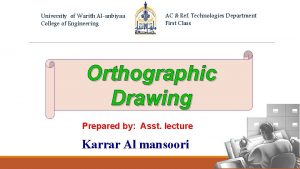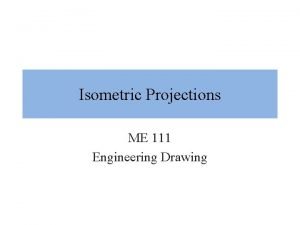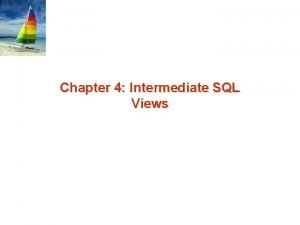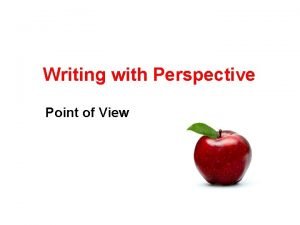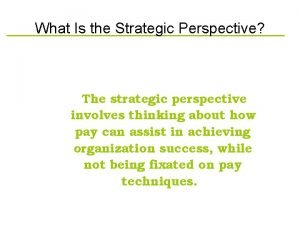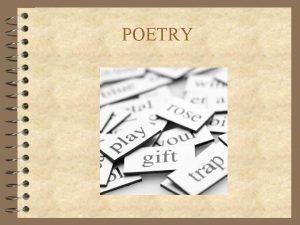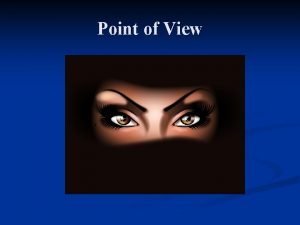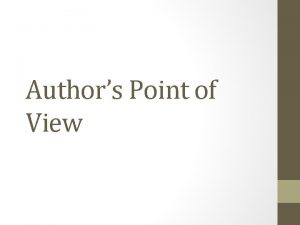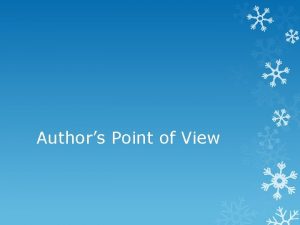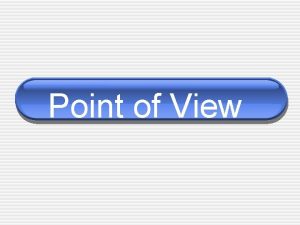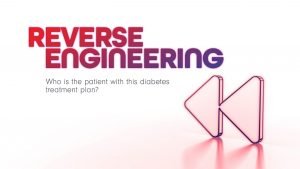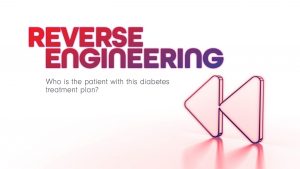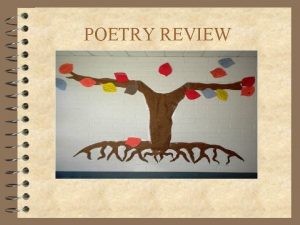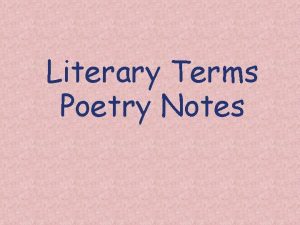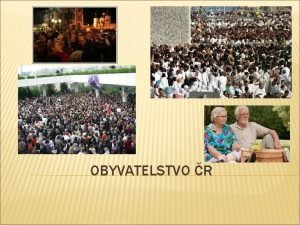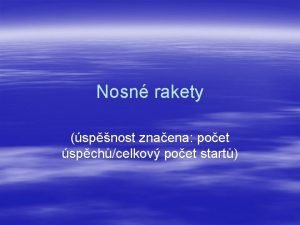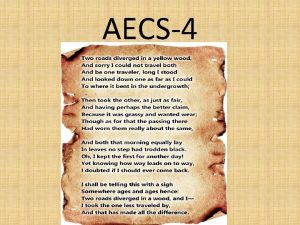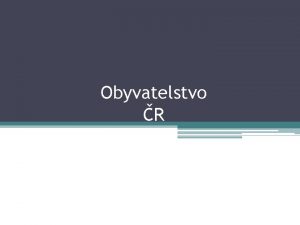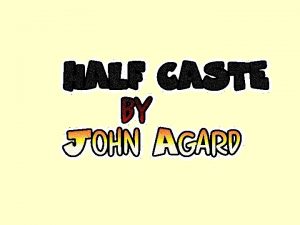POETRY POINT OF VIEW IN POETRY POET SPEAKER





























- Slides: 29

POETRY

POINT OF VIEW IN POETRY POET SPEAKER o The poet is the o The speaker of the author of the poem is the “narrator” of the poem.

POETRY TERMS o LINE - a group of words together on one line of the poem o STANZA - a group of lines arranged together A word is dead When it is said, Some say. I say it just Begins to live That day.

POETRY TERMS o METER- regular pattern of stressed & unstressed syllables. Makes a poem musical. o RHYME SCHEME- Pattern of rhyming words in a poem- can be end or internal. o PROSE- All types of writing not in verse or poetry form.

RHYME o Words sound alike because they share the same ending vowel and consonant sounds. LAMP STAMP á Share the short “a” vowel sound á Share the combined “mp” consonant sound

END RHYME o A word at the end of one line rhymes with a word at the end of another line Hector the Collector Collected bits of string. Collected dolls with broken heads And rusty bells that would not ring.

INTERNAL RHYME o A word inside a line rhymes with another word on the same line. Once upon a midnight dreary, while I pondered weak and weary. From “The Raven” by Edgar Allan Poe

RHYME SCHEME o A rhyme scheme is a pattern of rhyme (usually end rhyme, but not always). o Use the letters of the alphabet to represent sounds to be able to visually “see” the pattern. (See next slide for an example. )

TYPES OF POETRY

LYRIC o A short poem o Usually written in first person point of view o Expresses an emotion or an idea or describes a scene o Does not tell a story and are often musical

BALLAD POEMS o A poem that tells a story. o Originally meant to be sung. Example of a Ballad Poem “The Highwayman”

FREE VERSE POETRY o Unlike metered poetry, free verse poetry does NOT have rhyme. o Free verse poetry is very conversational - sounds like someone talking with you. o A more modern type of poetry.

ODE POEMS o A poem that deals with serious themes, such as justice, truth, or beauty. Example of an Ode Poem “Ode to Silence” By Alexander Pope

NARRATIVE POEMS o A poem that tells a story. o Generally longer than the lyric styles of poetry b/c the poet needs to establish characters and a plot. Examples of Narrative Poems “The Raven” “Casey at the Bat” “The Walrus and the Carpenter”

EPIC POEMS o A poem that tells a story. o Can be VERY Long. o Many stanzas. Example of Epic Poem “The Odyssey” by Homer

FIGURATIVE LANGUAGE

PERSONIFICATION o An animal given humanlike qualities or an object given life-like qualities. from “Ninki” by Shirley Jackson “Ninki was by this time irritated beyond belief by the general air of incompetence exhibited in the kitchen, and she went into the living room and got Shax, who is extraordinarily lazy and never catches his own chipmunks, but who is, at least, a cat, and preferable, Ninki saw clearly, to a man with a gun.

SIMILE o A comparison of two things using “like, as than, ” or “resembles. ” o “She is as beautiful as a sunrise. ”

METAPHOR o A direct comparison of two unlike things o “All the world’s a stage, and we are merely players. ” - William Shakespeare

IMPLIED METAPHOR o The comparison is hinted at but not clearly stated. o “The poison sacs of the town began to manufacture venom, and the town swelled and puffed with the pressure of it. ” - from The Pearl - by John Steinbeck

Hyperbole o Exaggeration often used for emphasis.

Idiom o An expression where the literal meaning of the words is not the meaning of the expression. It means something other than what it actually says. o Ex. It’s raining cats and dogs.

Allusion o Allusion comes from the verb “allude” which means “to refer to” o An allusion is a reference to something famous. A tunnel walled and overlaid With dazzling crystal: we had read Of rare Aladdin’s wondrous cave, And to our own his name we gave. From “Snowbound” John Greenleaf Whittier

SYMBOLISM o When a person, place, thing, or event that has meaning in itself also represents, or stands for, something else. Innocence = America = Peace

ALLITERATION o Consonant sounds repeated at the beginnings of words If Peter Piper picked a peck of pickled peppers, how many pickled peppers did Peter Piper pick?

ASSONANCE o Repeated VOWEL sounds in a line or lines of poetry. (Often creates near rhyme. ) Lake Fate Base Fade (All share the long “a” sound. )

ASSONANCE cont. Examples of ASSONANCE: “Slow the low gradual moan came in the snowing. ” - John Masefield “Shall ever medicine thee to that sweet sleep. ” - William Shakespeare

CONSONANCE o Similar to alliteration EXCEPT. . . o The repeated consonant sounds can be anywhere in the words “silken, sad, uncertain, rustling. . “

IMAGERY o Language that appeals to the senses. o Most images are visual, but they can also appeal to the senses of sound, touch, taste, or smell. then with cracked hands that ached from labor in the weekday weather. . . from “Those Winter Sundays”
 Speaker's point of view in poetry
Speaker's point of view in poetry Speaker in a poem
Speaker in a poem Who is speaker in poem
Who is speaker in poem Point of view of poem
Point of view of poem According to the nicaraguan poet daisy zamora, poetry is:
According to the nicaraguan poet daisy zamora, poetry is: Speaker in poetry definition
Speaker in poetry definition Speaker elements of poetry
Speaker elements of poetry An orthographic view that is directly above the front view
An orthographic view that is directly above the front view What line types are usually omitted from sectional views
What line types are usually omitted from sectional views Sectioned view
Sectioned view Example of section line
Example of section line Worms eye camera angle
Worms eye camera angle Elevation projection
Elevation projection Isometric drawing view
Isometric drawing view For the view create view instructor_info as
For the view create view instructor_info as Simple view and complex view
Simple view and complex view Simple view and complex view
Simple view and complex view Simple view and complex view
Simple view and complex view Partial views are an effective way to
Partial views are an effective way to X ray indication
X ray indication Cycle view and push pull view
Cycle view and push pull view Os components
Os components Separatist view of business ethics
Separatist view of business ethics Multi view drawing
Multi view drawing Front view top view
Front view top view Isometric view of a rectangle
Isometric view of a rectangle For the view create view instructor_info as
For the view create view instructor_info as Clue words for first person point of view
Clue words for first person point of view Strategic perspective of pay
Strategic perspective of pay Battle royal in invisible man
Battle royal in invisible man
